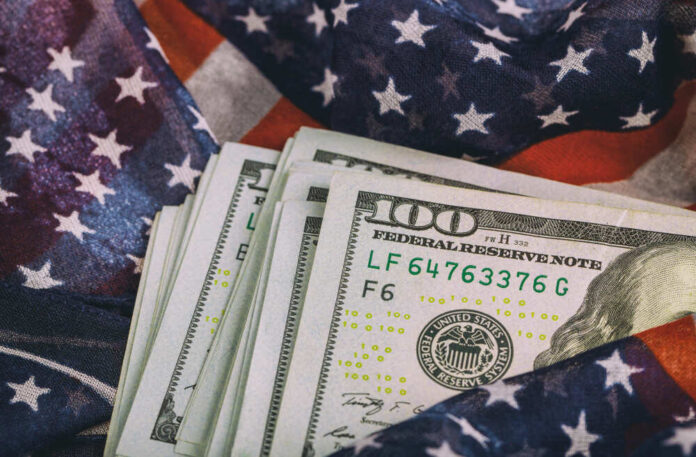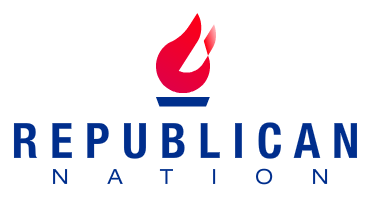
On Wednesday, the second-quarter U.S. economic growth was revised downward due to reduced business spending outweighing increased consumer spending.
The government reported a 2.1% annual GDP growth from April to June, down from the initial 2.4% estimate for the quarter.
Despite the revised decrease, the economy still outpaces its long-term potential growth, according to many economists. Federal Reserve officials believe the economy must expand less than its estimated 1.8% annual potential for inflation to reach the central bank’s 2% target.
GDP, the primary gauge of U.S. economic activity, increased by 2% in the initial quarter. Despite predictions of a slowdown and a potential 2023 recession, the economy seems to have gained momentum as the year progressed.
The GDP report released on Wednesday indicated last quarter’s growth stemmed from increased consumer spending, business investment, and expenditures by state and local governments. The report’s consumer price measure also indicated reduced inflation, potentially lessening the urgency for the Federal Reserve to raise interest rates further.
Eugenio Aleman, chief economist at Raymond James, said, “Lower growth and weaker increases in prices are good news for the Federal Reserve.’’
Numerous analysts predict a 2.5% third-quarter economic growth. The Federal Reserve Bank of Atlanta’s GDPNOW interprets available data as indicative of a 5.9% growth rate, although this estimate will probably adjust as more third-quarter activity data surfaces. Nevertheless, the figures imply a rapid current-quarter growth.
Conversely, surveys from regional Federal Reserve banks and private sector data firms seem to signal a notable August deceleration. An S&P Global survey of business leaders indicated manufacturing output declined and services sector growth eased last week.
The downward revision is primarily attributed to weakened business investment and inventories. Pretax profits declined at a 0.4% annual rate, showing a 6.5% decrease from the same quarter a year ago.
Consumer spending growth was adjusted upward to an annual rate of 1.7%, surpassing the previous estimate of 1.6%.
In the aggregate, consumer spending remains solid, @JordynJournals reports. But even retailers with strong sales say there are signs of economic strain among shoppers. https://t.co/TAKx3lb7tu
— DealBook (@dealbook) August 26, 2023
The personal consumption expenditure price index, an inflation gauge, rose 2.5% in the quarter, slightly lowered by 0.1 percentage point. Excluding food and energy costs, the PCE price index grew by 3.7%, also down by 0.1 percentage point.
The government’s report on Wednesday, the second of three assessments for last quarter’s growth, will be succeeded by a conclusive calculation in the coming month.














